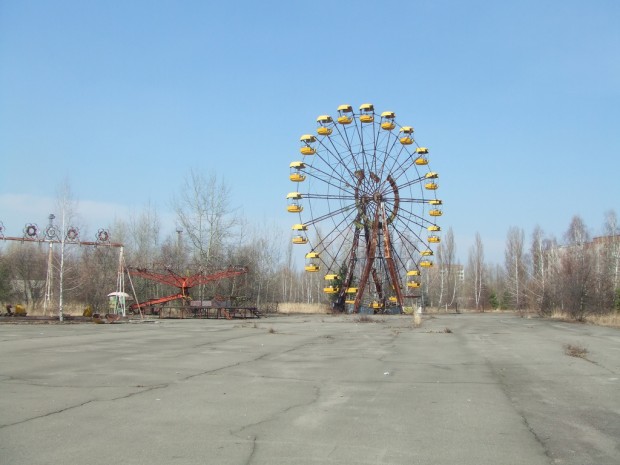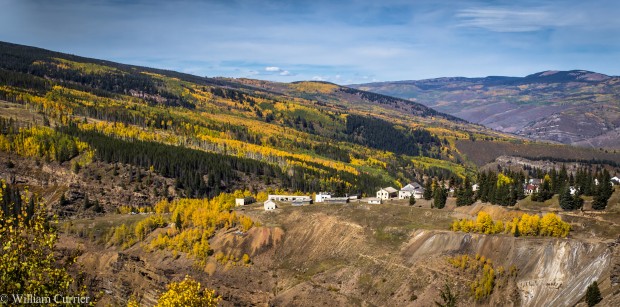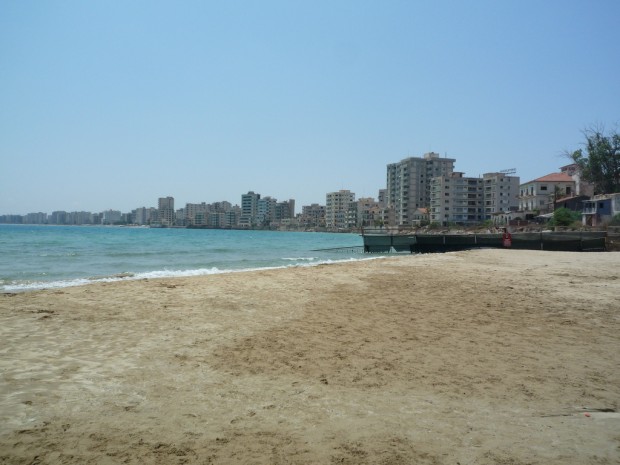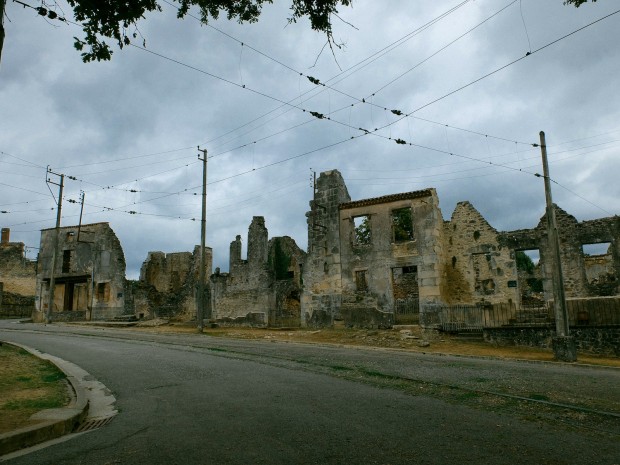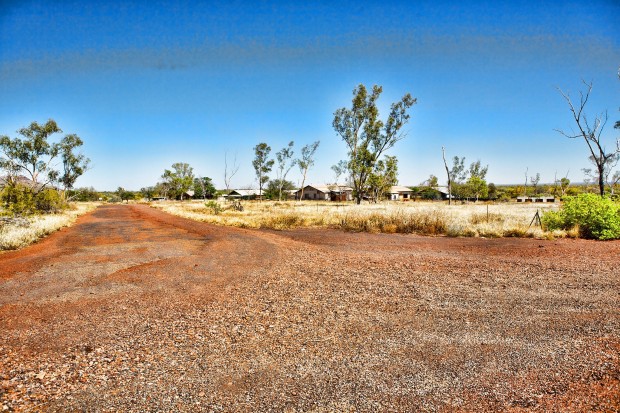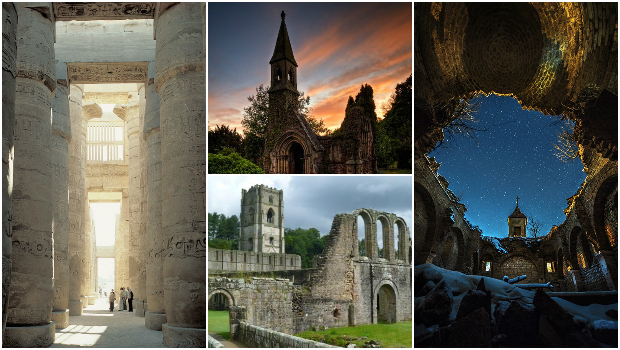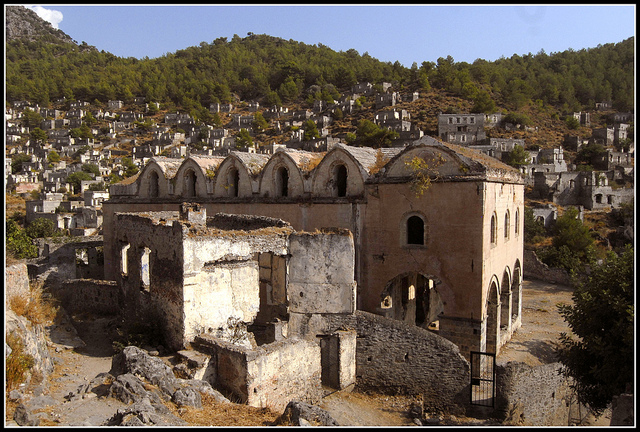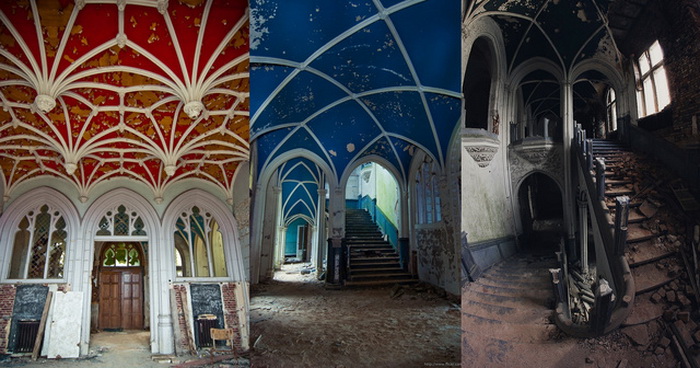All over the world you can find the scattered remains of once-thriving towns, hauntingly devoid of the hustle and bustle of traditional community and industry life. Neglected over time and consumed by the elements, they remain today as nothing more than a shell of their former stature. Where are these desolate sites, and why were they abandoned?
Pripyat, Ukraine
The Chernobyl disaster shook the world in 1986, and nearly three decades later the aftermath of the nuclear plant catastrophe continues to haunt global media and those affected directly by it. Pripyat in Ukraine, which had just been proclaimed a city in 1979, was the closest to nuclear reactor No.4, and therefore faced the most severe danger. Its population of 50,000 inhabitants had no choice but to evacuate their homes immediately to escape radiation contamination. Even today the exposure levels of radiation still lurking in the vegetation and in certain spaces make the location too hazardous for anyone to live there. For journalists, photographers or just wildly curious travellers wishing to capture images of this vacant yet unforgettable ghost town, the best method to get there is by tour operator (Tourkiev is the most highly recommended).
Image by Justin Stahlman via Flickr
Gilman, Colorado
Abandoned mining towns are pretty common in Old-Western America, a region evoking that period of American history that every cowboy film tries to successfully emulate. Travelling into Gilman in Colorado would be like walking onto an empty stage set of such a film. Although the buildings there remain intact, the setting has been empty since the public first deserted it in 1984 by order of the Environmental Protection Agency. Toxic pollutants and contamination of the ground water mean that it is impossible to occupy the area and it is strictly off limits to the public. No chances of filming here then!
Image by William Currier via Flickr
Varosha, Cyprus
Varosha, a quarter in the Gazimağusa District of Northern Cyprus, experienced perhaps one of the steepest deteriorations of the ghost town ensemble. Once upon a time it was a lively and happening resort, visited by casual holidaymakers and the celebrity elite: think Elizabeth Taylor, Bridget Bardot and Richard Burton. In fact, in the 60s and 70s it was one of the most popular tourist destinations in the world and was home to a number of reputable hotels.
In 1974, a fight within Varosha between the Greek Cypriot army and the Turkish army caused over 35,000 fearful residents to flee the area immediately, with the threat of being shot if they tried to enter the area again. The UN eventually seized control of the area to help ease the lingering political struggles after the invasion, but it remains a barred area to anyone but military and UN personnel.
Image by Christof Autengruber via Flickr
Nowadays the closest you can come to experiencing the glory days of Varosha is by visiting the neighboring town of Magosa, another lovely town that is sure to attract some notable folk as well (check out the nearest you can get to staying in Varosha here)
Oradour-sur-Glane, France
In the Second World War, Nazis invaded this little ghost town and horrifically massacred the 642 inhabitants as a sign of their distaste for the French resistance. Once Germany was finally overruled and France was returned to its people, President Charles de Gaulle requested that the original site of Oradour-Sur-Glane be preserved as a permanent reminder and memorial for the tragedy. Areas around the site were built on but Oradour-Sur-Glane endures as a heartfelt tribute to the men, women and young children who lost their lives. For those wishing to visit, the closest city to stay in is Limoges.
Image by matt northam via Flickr
Wittenoom, Australia
‘The valley of death’ is the rather ominous name leant to this abandoned ghost town in Australia. This time asbestos mining and the understandable concerns raised about it are the guilty culprit for its desolation. From 1943-46 the Wittenoon mines produced 150,000 tonnes of asbestos, including the particularly deadly blue asbestos. Absurdly, the town still has three people residing there, even though it receives no government services and people today still suffer from the effects of the diseases linked to the harmful asbestos chemicals. The town’s name has also been removed from official maps and road signs but the beautiful gorges mean that it is still an inviting place for travellers around the world.
Image by Michael Theis via Flickr

